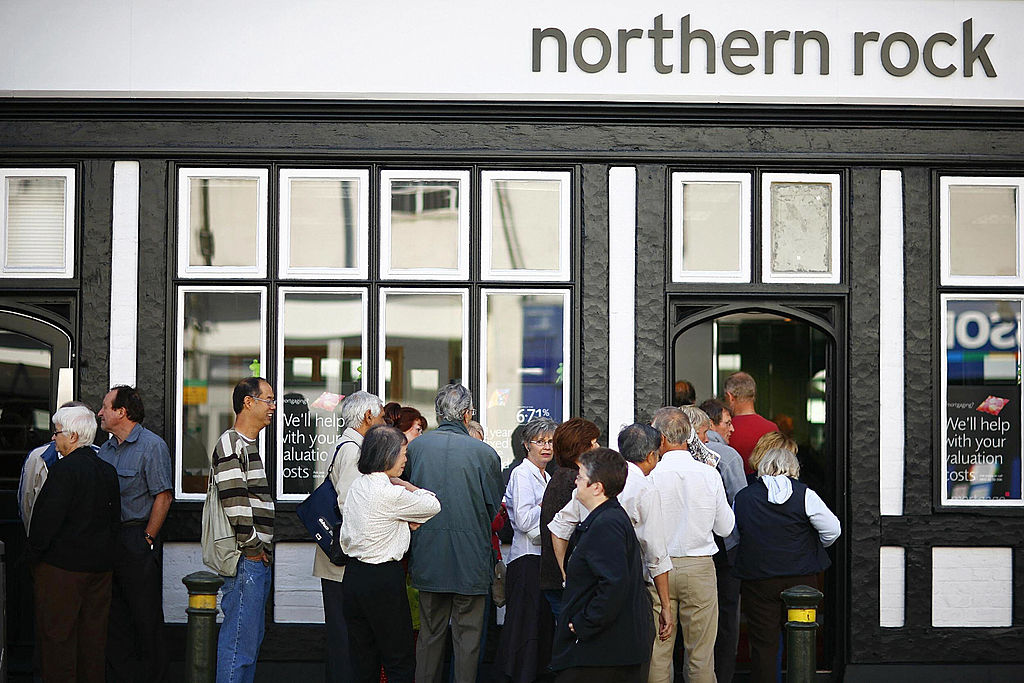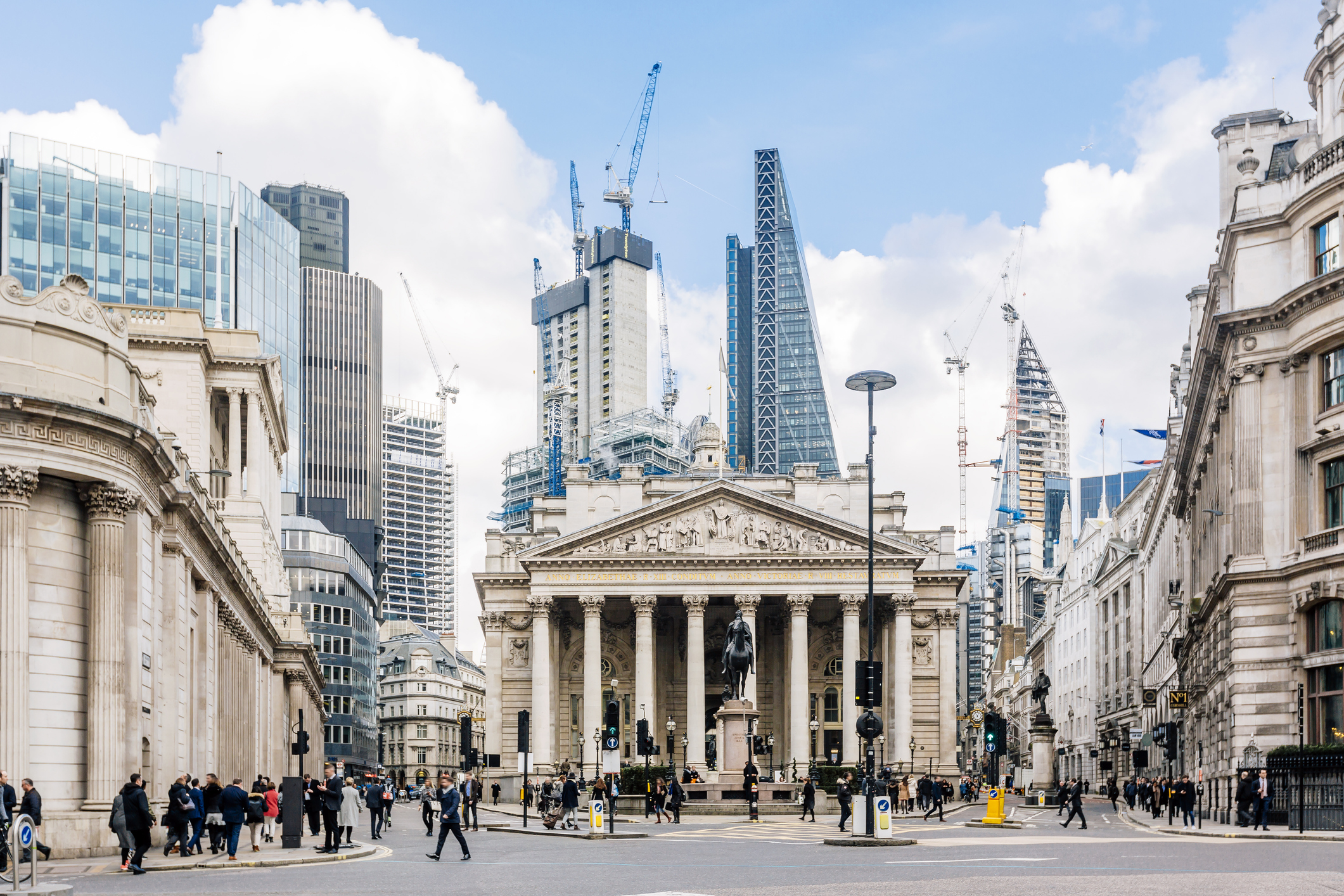There’s been a lot of talk from the Bank of England recently about introducing “negative interest rates”. So what on earth are they, and what would they mean for your money?
Usually, if you lend money to someone, you expect them to pay you the money back, plus interest. This is why your bank pays you interest on your savings – technically, you are lending your money to the bank. Interest rates are usually positive with good reason. After all, why would you pay someone else for the privilege of lending them money?
Nevertheless, several countries now have negative interest rates. For example, the European Central Bank’s main interest rate is currently minus 0.5%. Negative rates turn the financial world on its head. If a borrower borrows at a negative interest rate, they end up paying back less than they originally borrowed. In other words, savers are charged to save, and borrowers are paid to borrow.
MoneyWeek
Subscribe to MoneyWeek today and get your first six magazine issues absolutely FREE

Sign up to Money Morning
Don't miss the latest investment and personal finances news, market analysis, plus money-saving tips with our free twice-daily newsletter
Don't miss the latest investment and personal finances news, market analysis, plus money-saving tips with our free twice-daily newsletter
So why would a central bank impose negative rates? The theory is that if savers are charged to save money, they will spend rather than save. In turn, that will encourage more economic activity and growth. In practice, it’s not at all clear that this is what happens. Indeed, some argue that negative rates have the opposite effect.
For example, rather than spend money, savers might just save even harder to compensate. And rather than invest in new capacity, companies might view negative rates as a sign that the economy is in dire trouble, and focus on using cheap borrowed money to buy back their own shares instead. On top of that, any companies with pension liabilities will find that those liabilities balloon as interest rates fall ever lower, which also discourages investment. Of course, none of this will necessarily prevent central banks in the UK and perhaps even the US from following their European counterparts into negative territory.
So far at least, negative rates only affect big institutional savers. Banks are not yet passing negative rates onto small depositors like you or I – although more might start charging for current accounts, which amounts to the same thing. Sadly though, you’re unlikely to get a negative interest rate mortgage.
For more on how all of this might affect your investments, subscribe to MoneyWeek magazine.
Get the latest financial news, insights and expert analysis from our award-winning MoneyWeek team, to help you understand what really matters when it comes to your finances.
MoneyWeek is written by a team of experienced and award-winning journalists, plus expert columnists. As well as daily digital news and features, MoneyWeek also publishes a weekly magazine, covering investing and personal finance. From share tips, pensions, gold to practical investment tips - we provide a round-up to help you make money and keep it.
-
 ‘Why I have ditched my Help to Buy ISA for cash savings and the stock market’
‘Why I have ditched my Help to Buy ISA for cash savings and the stock market’Without the 25% bonus, my Help to Buy ISA is effectively redundant, says MoneyWeek writer Sam Walker.
-
 Is your inheritance tax allowance cut if you sell to downsize or sell your home to pay for care?
Is your inheritance tax allowance cut if you sell to downsize or sell your home to pay for care?Downsizing relief is a little-known benefit that could save your loved ones tens of thousands of pounds in inheritance tax after you’ve died.
-
 Why Scotland's proposed government bonds are a terrible investment
Why Scotland's proposed government bonds are a terrible investmentOpinion Politicians in Scotland pushing for “kilts” think it will strengthen the case for independence and boost financial credibility. It's more likely to backfire
-
 How have central banks evolved in the last century – and are they still fit for purpose?
How have central banks evolved in the last century – and are they still fit for purpose?The rise to power and dominance of the central banks has been a key theme in MoneyWeek in its 25 years. Has their rule been benign?
-
 Buying vs renting: is is better to own or rent your home?
Buying vs renting: is is better to own or rent your home?The higher mortgage rates of recent years have actually made renting comparatively cheaper, analysis suggests. But there are hidden costs to long term renting.
-
 Is Britain heading for a big debt crisis?
Is Britain heading for a big debt crisis?Opinion Things are not yet as bad as some reports have claimed. But they sure aren’t rosy either, says Julian Jessop
-
 Why investors can no longer trust traditional statistical indicators
Why investors can no longer trust traditional statistical indicatorsOpinion The statistical indicators and data investors have relied on for decades are no longer fit for purpose. It's time to move on, says Helen Thomas
-
 What's behind the big shift in Japanese government bonds?
What's behind the big shift in Japanese government bonds?Rising long-term Japanese government bond yields point to growing nervousness about the future – and not just inflation
-
 How will markets react to the next Bank of England rate decision?
How will markets react to the next Bank of England rate decision?The Bank of England is due to announce its latest interest rate decision on Thursday, 2nd November, but how will markets react?
-
 Halifax: House price slump continues as prices slide for the sixth consecutive month
Halifax: House price slump continues as prices slide for the sixth consecutive monthUK house prices fell again in September as buyers returned, but the slowdown was not as fast as anticipated, latest Halifax data shows. Where are house prices falling the most?


